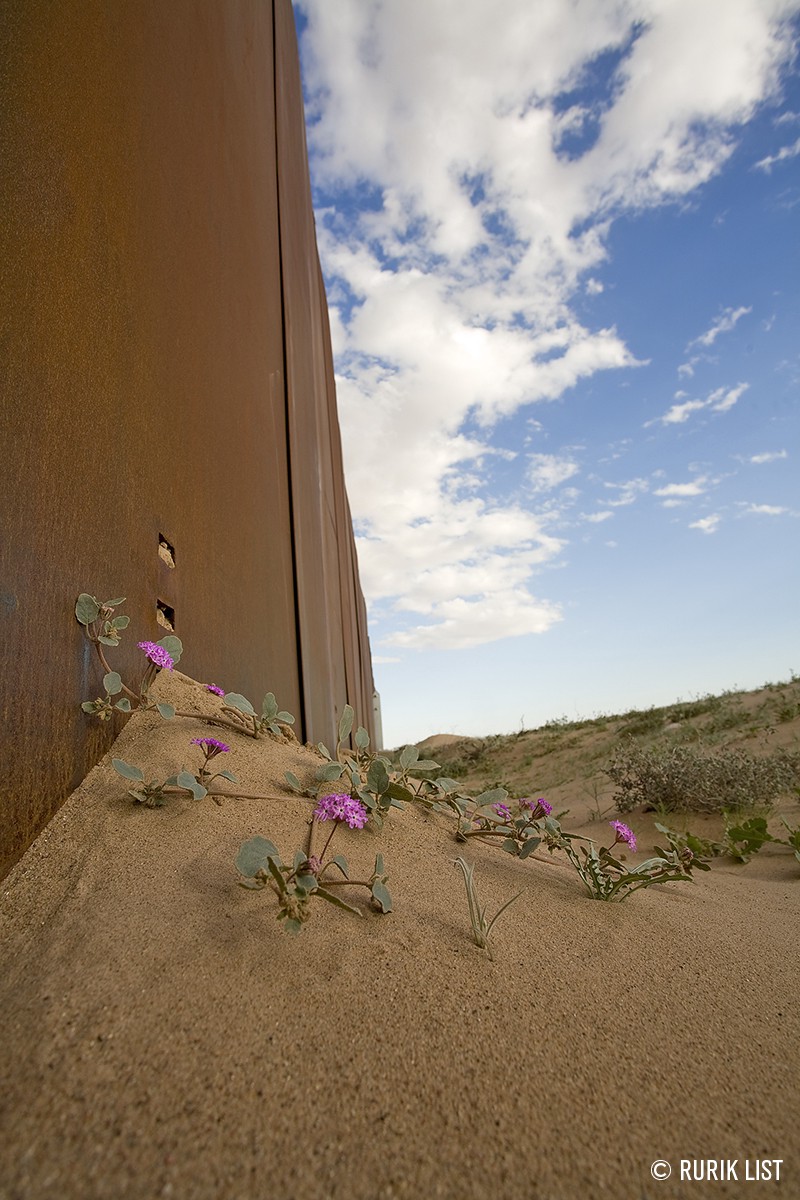


Fences and walls erected along international boundaries in the name of national security have unintended but significant consequences for biodiversity (Trouwborst et al. 2016). In North America, along the 3,200 kilometer U.S.-Mexico border, fence and wall construction over the past decade and efforts by the Trump administration to complete a continuous border ‘wall’ threaten some of the continent’s most biologically diverse regions. Already-built sections of the wall are reducing the area, quality, and connectivity of plant and animal habitats, and are compromising more than a century of binational investment in conservation. Political and media attention, however, often understate or misrepresent the harm done to biodiversity. We call on fellow scientists to join us in expressing unified concern over the border wall’s negative impacts on wildlife and habitat and binational collaboration in conservation and scientific research. Below we describe three ways in which border infrastructure and security operations (hereafter ‘the border wall’) threaten biodiversity, and we outline actions to minimize these threats.